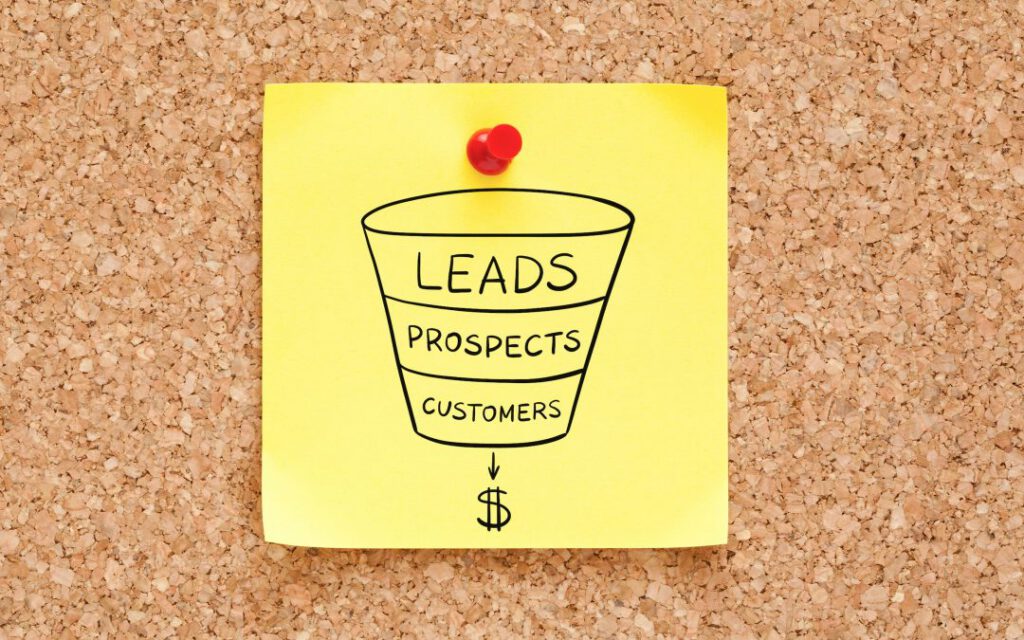The most powerful thing I learned from John Hall’s excellent book Top of Mind: Use Content to Unleash Your Influence and Engage Those Who Matter to You is how crucial it is to know where your customers are in the content marketing funnel before you start creating content.
A marketing funnel is not a new concept, of course. But for some reason, it gets overlooked when it comes to thought leadership content.
This is a costly mistake. If you don’t understand where your customer is in relation to you, you’ll end up crafting content for the wrong person, on the wrong channel, at the wrong time.
Confused? Don’t Be — Just Think Like Your Customer
When I read an article in Forbes, Fast Company, Recode, Inc. or another business publication — which I do daily — I often choose what I read because I’m facing a problem. Maybe I’m struggling with a management issue. Maybe I want some tips for must-ask interview questions before I post a job listing. Or maybe I have a tech problem holding me back.
Bottom line?
I want information. I crave advice.
What I do NOT need (yet) is a product or service. Think about the three topics I just mentioned. They could potentially be solved by:
- An executive coach.
- A recruiter.
- Or a piece of software.
But I don’t care about that yet; I’m just exploring my options. I’m at the very top of the funnel. I don’t have a bad day at work and call an expensive coach or fumble with a tech issue and immediately purchase software. I doubt you do, either.
So when I read an article that claims to solve my problem — say, “5 Common Tech Issues Digital Editors Face and How to Solve Them” — and the author endorses her own software or software like it, I stop reading. It is not what I need, and frankly, it’s a turnoff. Someone just lost me as a customer before I even knew I was one!
But if that author offered me five tactical, easy-to-implement solutions? And when I look through her other posts on the same site, I find even more great info? Then we’re talking. Suddenly, here’s this expert I can trust offering me real-world advice. If I keep encountering the brand and its executives’ thought leadership, my interest is really piqued; I might even visit their website, read their blog, research reviews of their product. I’m moving down the funnel, thanks to some well-written educational content on a trusted site.
And in a few months, when I am ready to make a move, they’re the first to pop into my head.
As John writes, “You can see that it’s not enough to create great content — you have to create great content that targets your audience’s needs in the moment.”
Help People Choose You
Simply put, you need to align your content with your customer’s needs. Your content must fit both the channel (where you are publishing it) and more importantly, where your customer is at “in the moment” (their location in the funnel).
This is why you might write a detailed case study of a success with a client for your company blog — where prospects, in the middle of the funnel, are actively starting to compare options and want to know about your company’s methods — but such an article would never fly on Forbes.com.
It really is that simple. I know it seems complicated, and I’ve personally spoken to professionals who struggle with this at first. But if you want results, and if you believe in building relationships that will help your business, it’s the only way.
Now is as good a time as any to get started. Fall is around the corner. There’s much to do before year’s end, and goals set last fall weigh heavily on our minds. If content was on your calendar this year, then why not ask yourself: Is what I’m doing working? Am I writing for the right audience at the right time?
Am I helping people choose me — or convincing them to find someone else, someone they really trust?
This post is part of a series created by Lindsey Donner, chief content officer for YEC, on how to best utilize your personal branding and media benefits. This benefit is for YEC members only.

